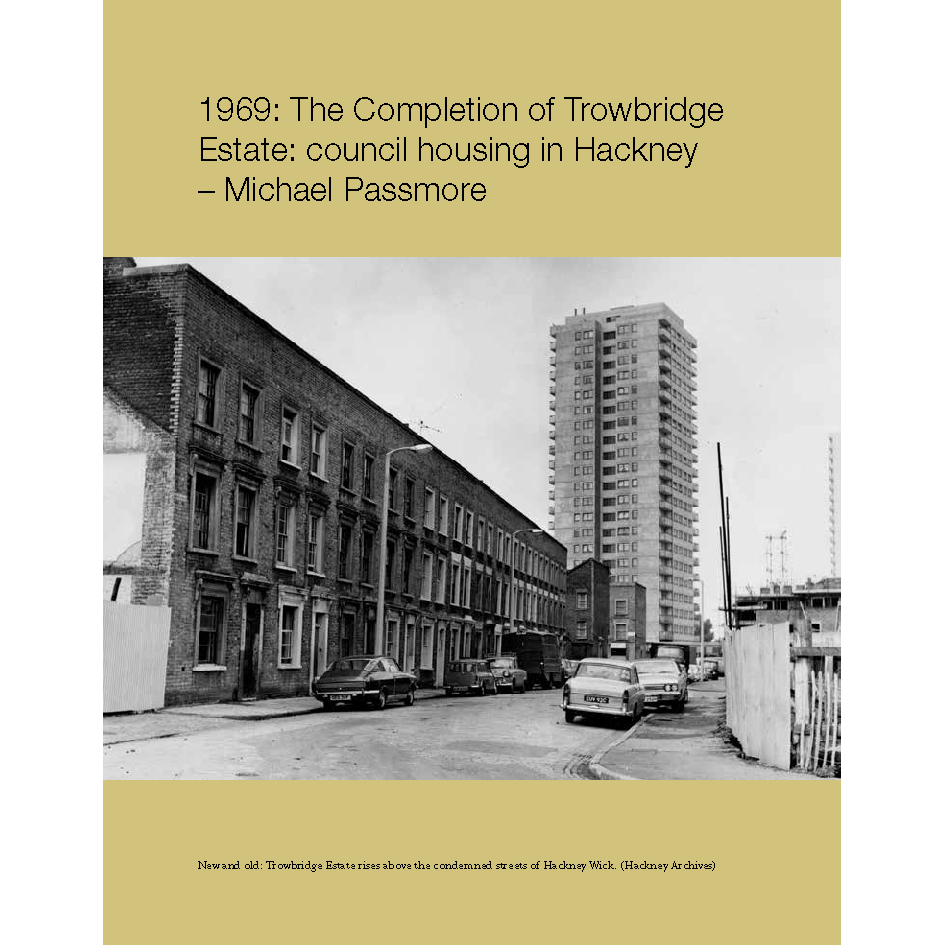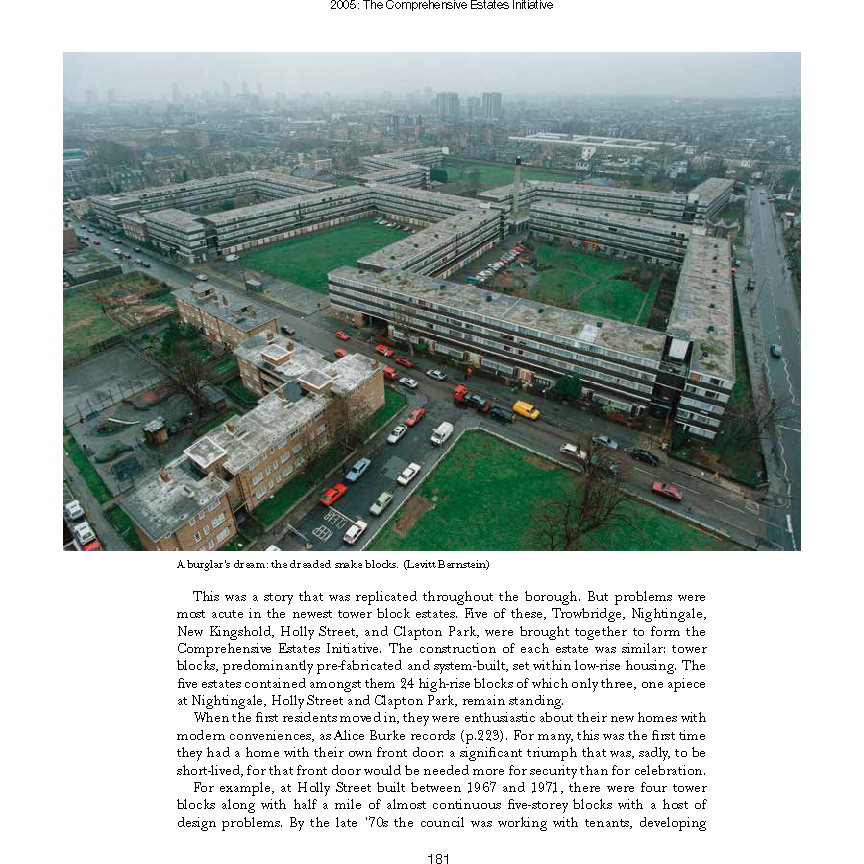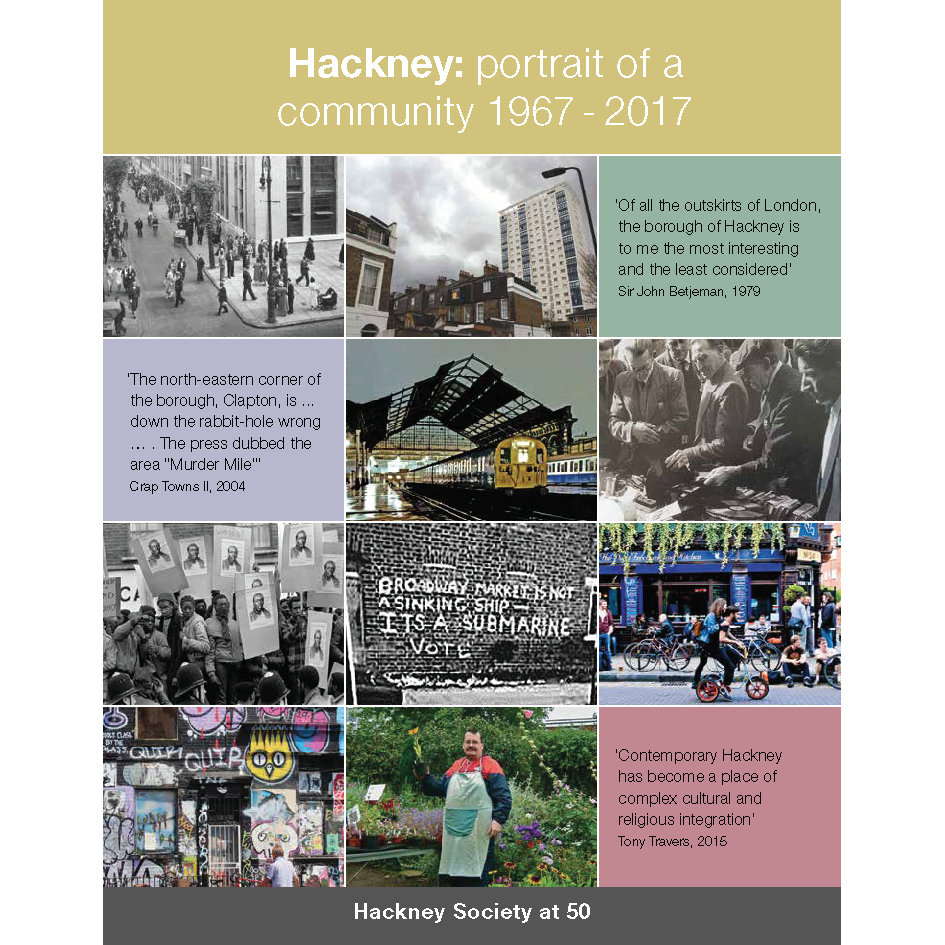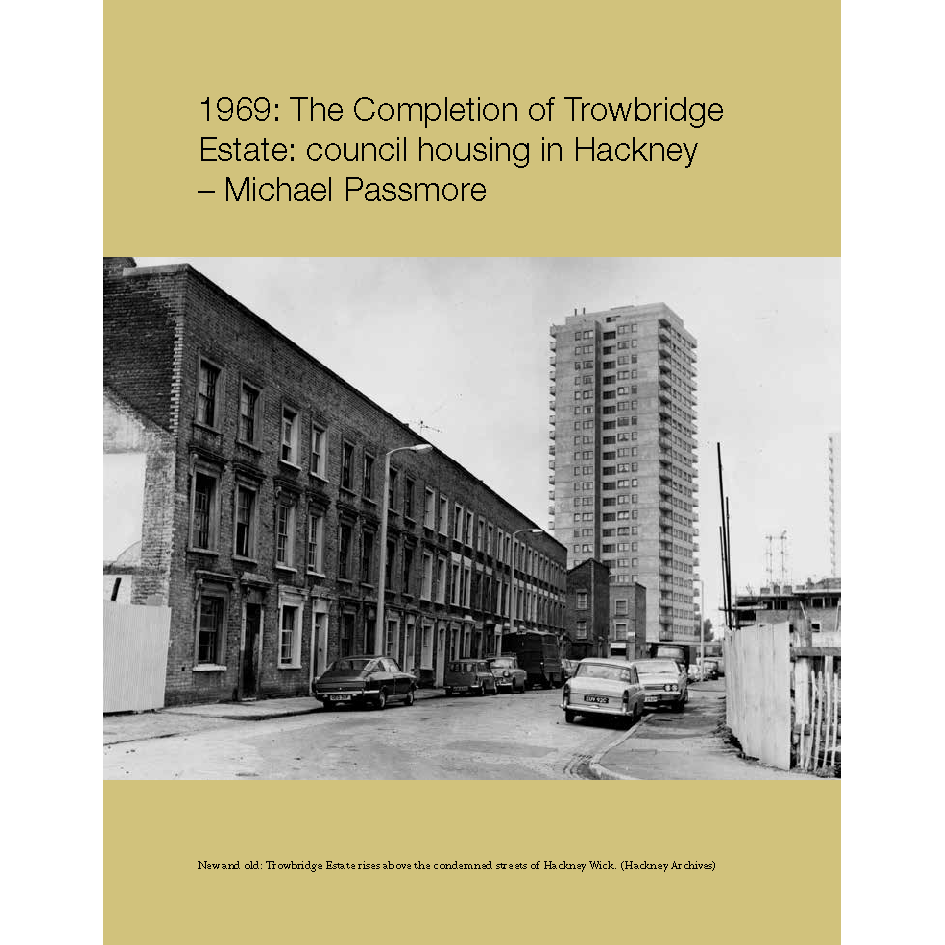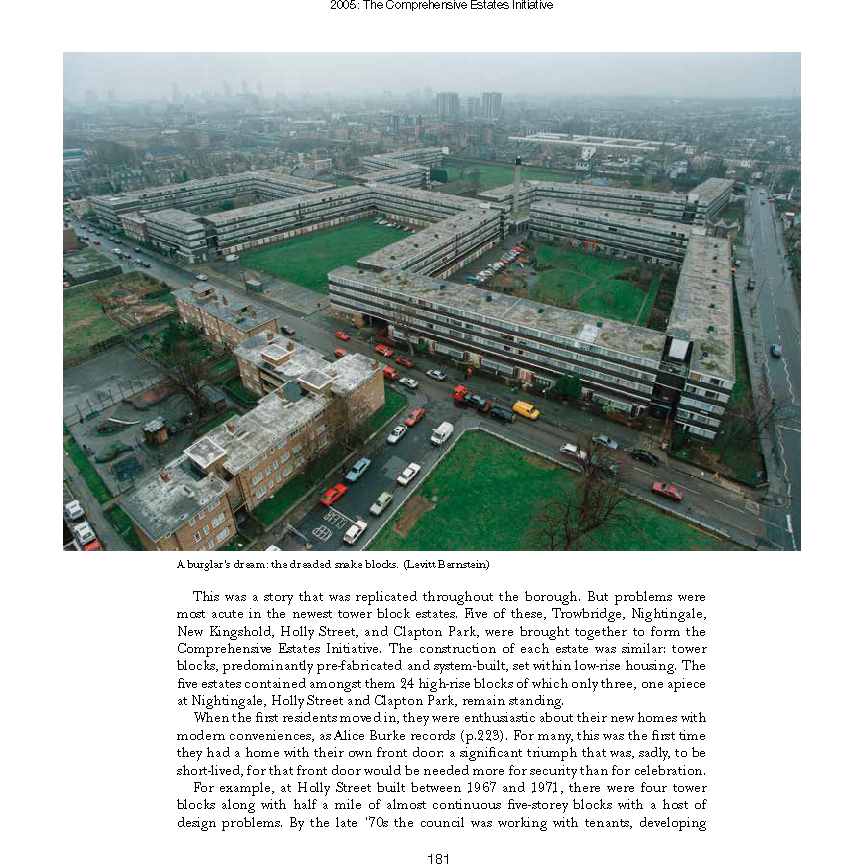Museum of the Home shop
Hackney: Portrait of a Community 1967-2017
Hackney: Portrait of a Community 1967-2017
Couldn't load pickup availability
To mark the fiftieth anniversary of the Hackney Society, we have produced a portrait of the community over the past half-century. One portrait? What has emerged is a whole series of portraits which, like a kaleidoscope, makes up a whole.
Hackney is one of the London boroughs that has changed most radically over the past fifty years. In 1967 it was one of the poorest areas of the capital, the home of a combination of light industry and much inadequate housing, with a largely working-class population. But Hackney could also boast some of the fine historic buildings of London, which is why Sir John Betjeman was persuaded to become the Society’s first President.
Today, the picture is very different. Hackney is regarded as cool, hip, the smart place to live and work, with easy access to the City. It is also home to many cultures from every part of the world. Some of its historic buildings and open spaces have survived, though not all, despite campaigns to try to save them. And the picture is complex. As one longtime Hackney resident has pointed out, in some ways the place is very much the same as it was fifty years ago, but for some, it remains an area of deprivation and violence.
Fifty pieces have been commissioned from a whole range of authors, who have drawn on their own experiences and expertise. The subjects covered range from social issues such as housing, the question of ‘regeneration’ and education, to the cultural, with the demise of dog racing, the opening of Centerprise, and the flourishing of the theatre as exemplified by the Arcola and the Hackney Empire. The darker side is not glossed over, with a piece on the death of Colin Roach by Duncan Campbell, and the riots of 2011, written by Hackney MP, Meg Hillier.
- Hardback
- 240 pages
- Published 2017
- ISBN-139780953673438
Share

